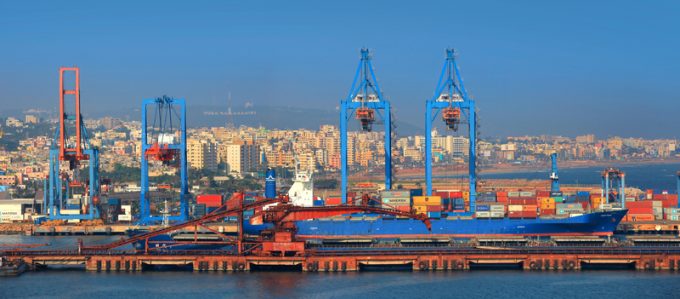CU Lines developing shortsea routes to serve Red Sea and Indian subcontinent
Chinese regional carrier China United Lines (CULines) is expanding its presence in the Persian Gulf, ...

India has offered Bangladesh shippers the use of its seaports for export and import trade to third countries.
The offer came during a virtual meeting last week between the prime ministers of the two countries, as the regional transhipment hub ports of Singapore, Colombo and Port Klang, with limited manpower during the pandemic and facing severe congestion, are struggling to handle containers.
“We have offered the use of our seaports to Bangladesh for export to third countries by bringing in goods using railway ...
Volcanic disruption at Anchorage could hit transpacific airfreight operations
Shippers snap up airfreight capacity to US ahead of tariff deadline
New price hikes may slow ocean spot rate slide – but for how long?
Forwarders stay cool as US 'liberation day' tariffs threaten 'global trade war'
Tighter EU import requirements proving 'a challenge' for forwarders
Supply chain delays expected after earthquake hits Myanmar
Looming Trump tariffs will create 'a bureaucratic monster' for Customs

Comment on this article